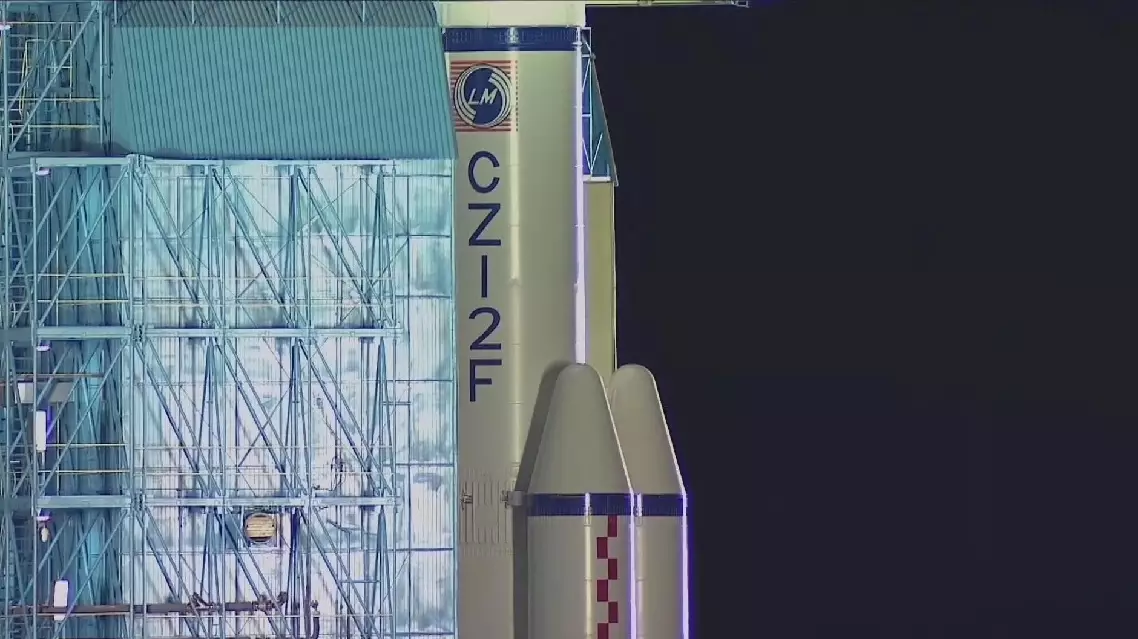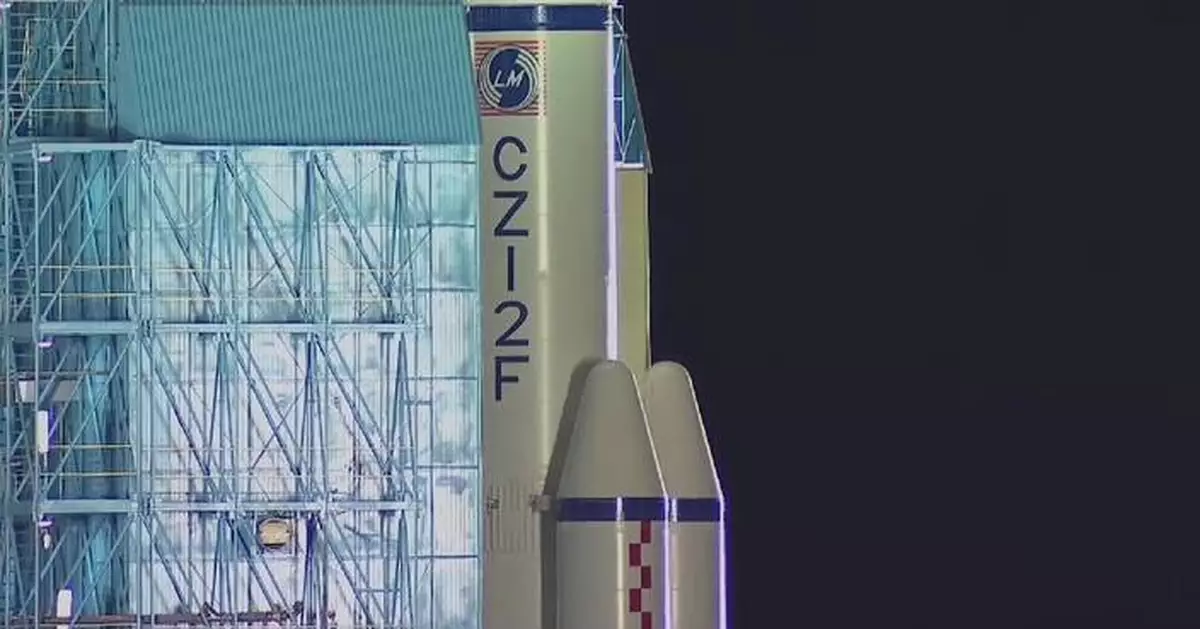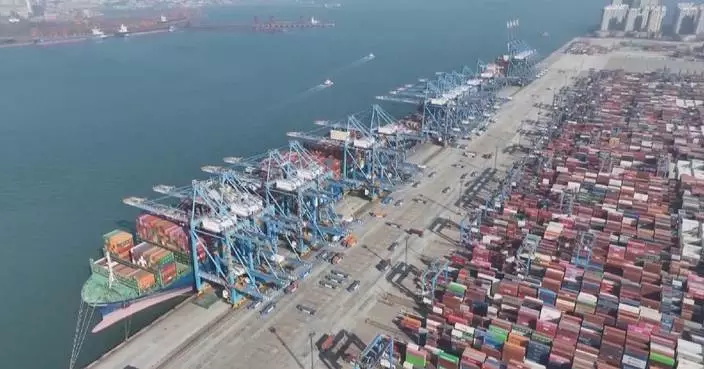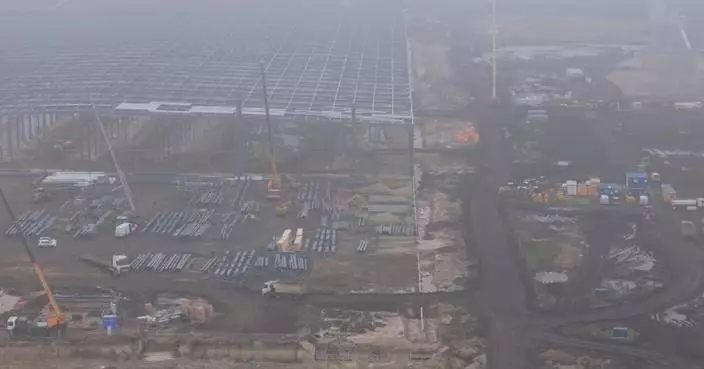The Long March-2F carrier rocket, tasked with launching China's Shenzhou-20 crewed spaceship on Thursday afternoon, has significantly improved its safety and image transmission capabilities, according to China Aerospace Science and Technology Corporation (CASC) responsible for the project.
As China's only rocket capable of conducting manned space missions, the Long March-2F is often referred to as the Shenjian or "Divine Arrow." Despite being a highly developed and mature version, the rocket is upgraded with each mission to enhance its safety and reliability further.
One key improvement this time involves its servo mechanism—essentially the rocket's "steering wheel"—which adjusts engine nozzle movements via hydraulic systems to control the rocket's flight attitude.
"We have enhanced the structural reliability of the servo mechanism by incorporating new raw materials and refining specific manufacturing processes. [For example,] the mechanism's mid-frequency motor now uses a new composite material with insulation performance twice that of the original, significantly enhancing the insulation reliability," said Shao Yanhang, an engineer with China Aerospace Science and Technology Corporation (CASC).
These upgrades are particularly crucial for the Long March-2F series, which must remain on standby for emergency launches over six-month periods.
Another notable enhancement is the rocket's data transmission bandwidth, which allows a much larger volume of real-time flight data and higher-definition images to be transmitted back to Earth.
"With the upgrade from two Mbps (million bits per second) to five Mbps, the video footage of the rocket's flight process can be described as shifting from 'standard definition' to 'high definition' (HD), providing both researchers and the public with much clearer images," said Shao.
For the first time, the Long March-2F is equipped with entirely domestically developed HD cameras, expanding coverage from three critical areas to eight, including the rocket's exterior, the second-stage engine's tail, and the Shenzhou spaceship itself. These cameras will provide a panoramic flight view, marking the rocket's official entry into the "HD era" of image transmission.
The Shenzhou-20 crewed spacecraft is scheduled for launch at 17:17 on Thursday (Beijing Time) from the Jiuquan Satellite Launch Center in northwest China. The mission will carry astronauts Chen Dong, Chen Zhongrui, and Wang Jie to China's Tiangong space station, where they will stay for approximately six months.

Upgraded rocket boosts safety, image transmission quality for China's Shenzhou-20 crewed mission




















































